MOT Checklist: What You Need to Pass First Time
Find out how you can ensure your car is ready for its MOT and read more on tips to pass the first time.
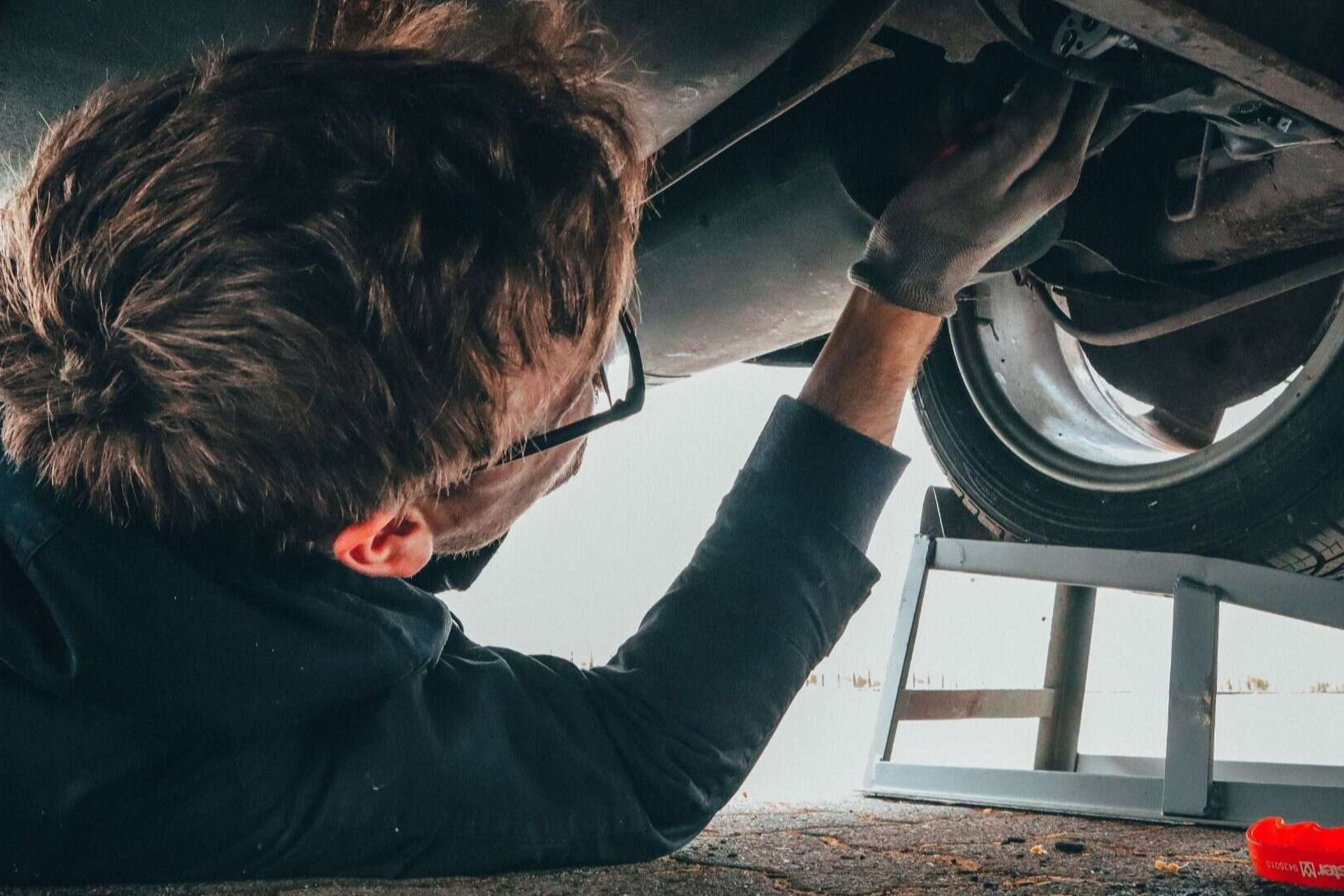
Find out how you can ensure your car is ready for its MOT and read more on tips to pass the first time.

You may have heard of the Volkswagen Transporter, but have you seen the update? Take a look now.

The UK's Benefit-in-Kind (BIK) taxation system is changing - so who will they affect? Find out more.

Find out more about the all-new CUPRA Terramar available from our dealerships now.
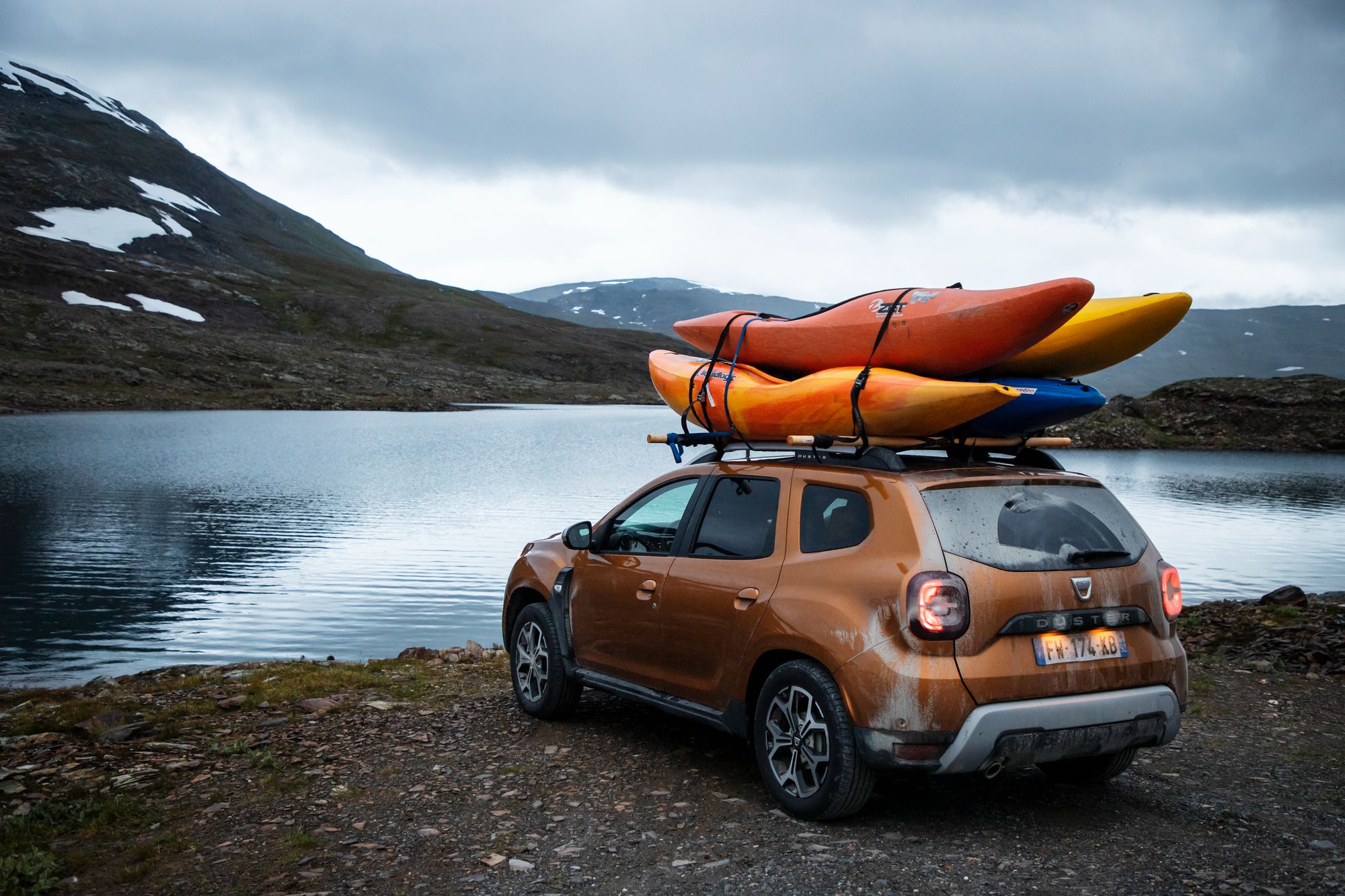
If you’re planning a road trip this year, it’s important that you are fully prepared for every eventuality. Find out more.

Audi are well-known for their special editions and rightly so - with a reputation like theirs, it’s easy to see why people would scramble for the limited editions. Find out more.
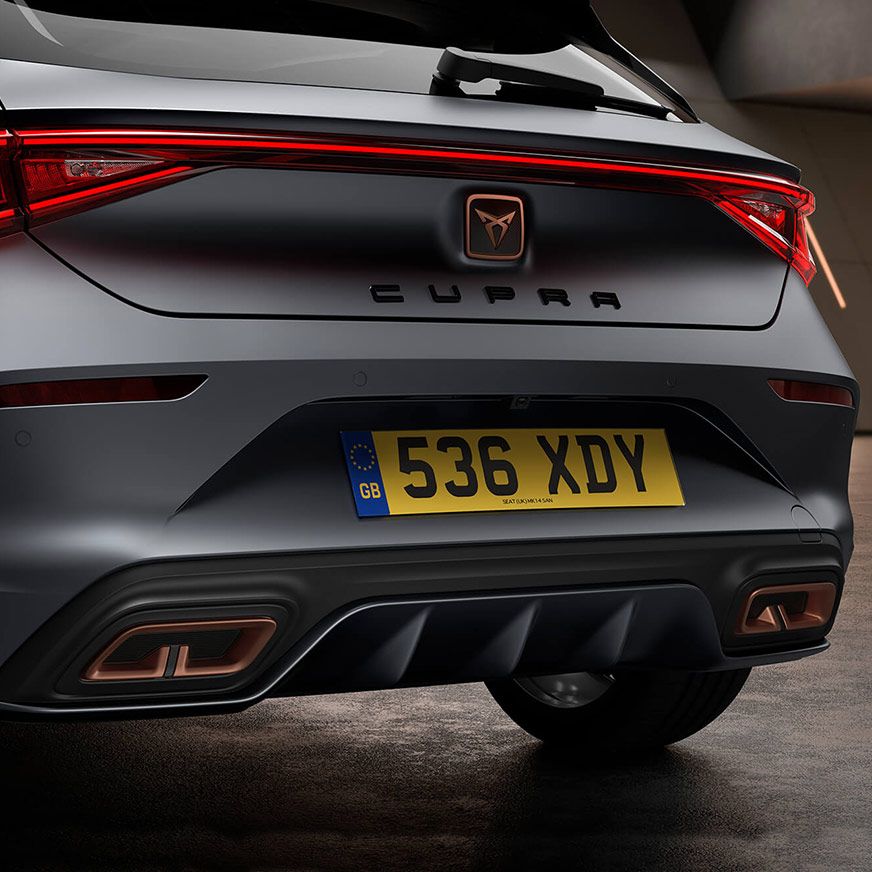
As the automotive industry gears up for the introduction of the new '25' registration plates on 1st March 2025, many vehicle owners and enthusiasts have questions about what this means for them.
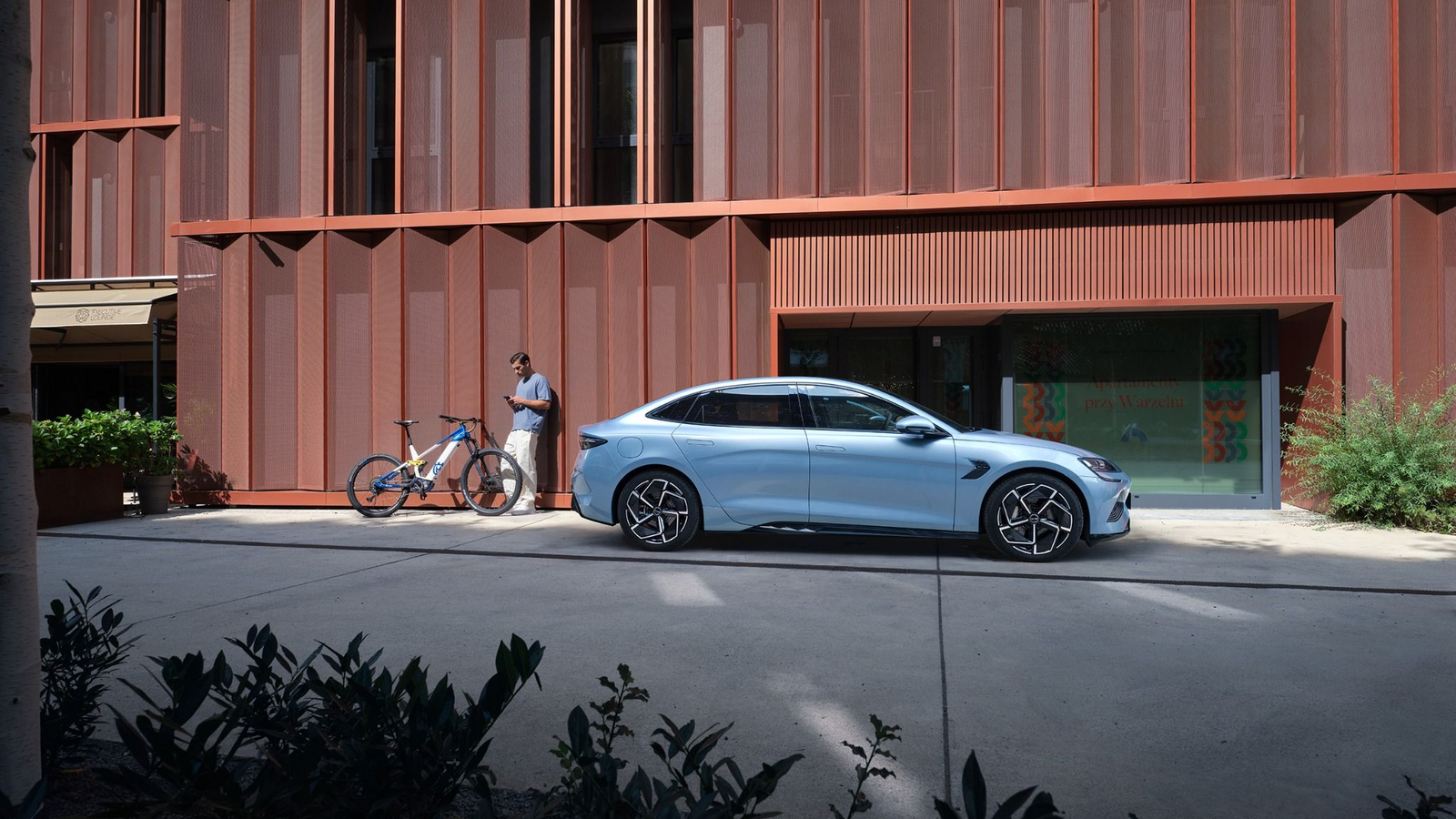
In this article, we will explore the pros and cons of choosing BYD as your first vehicle. Read on to find out more.
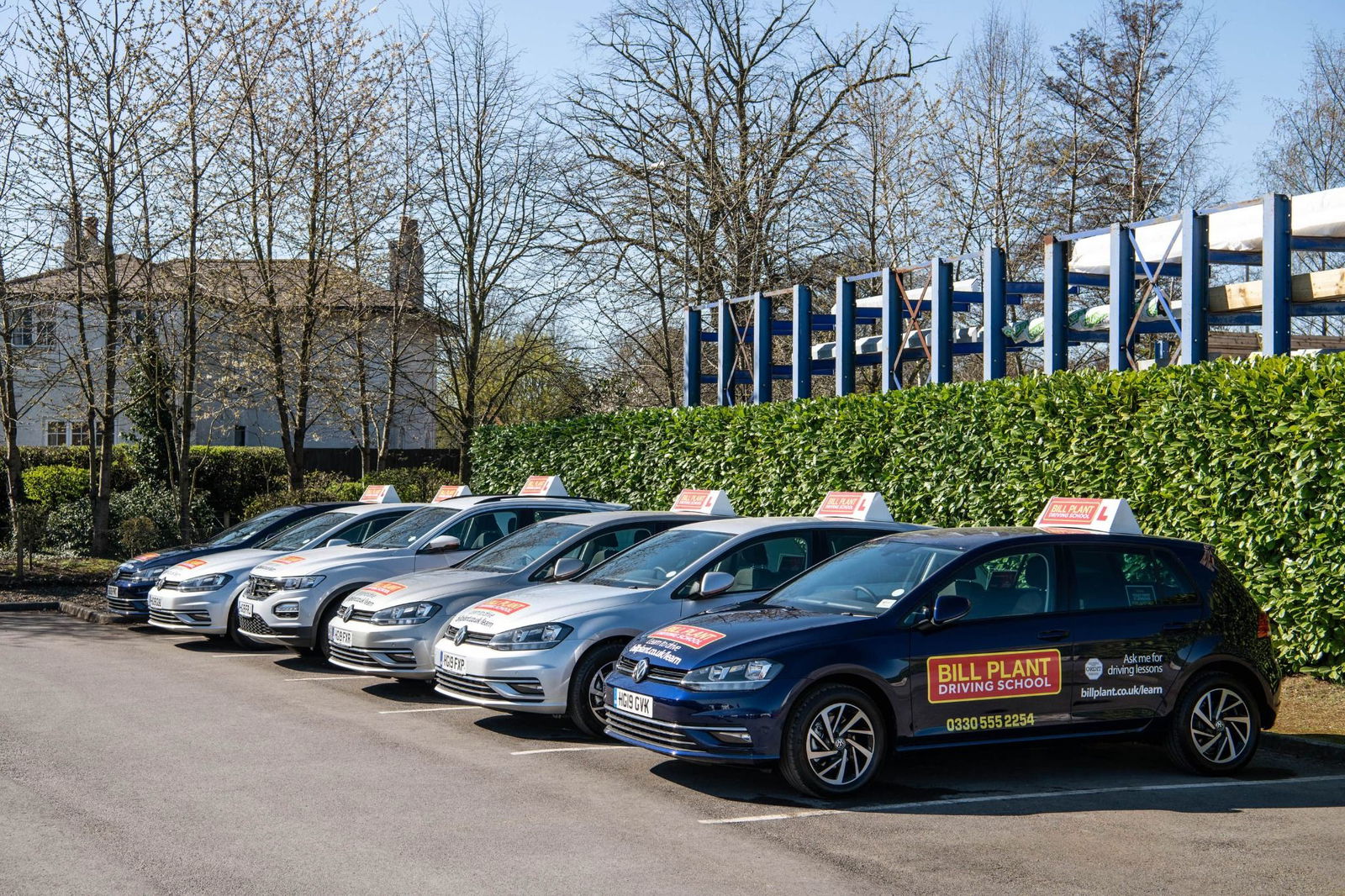
Taking a driving test may seem like a daunting or frightening prospect, but it doesn’t have to be! Take a look at our helpful tips in this blog.
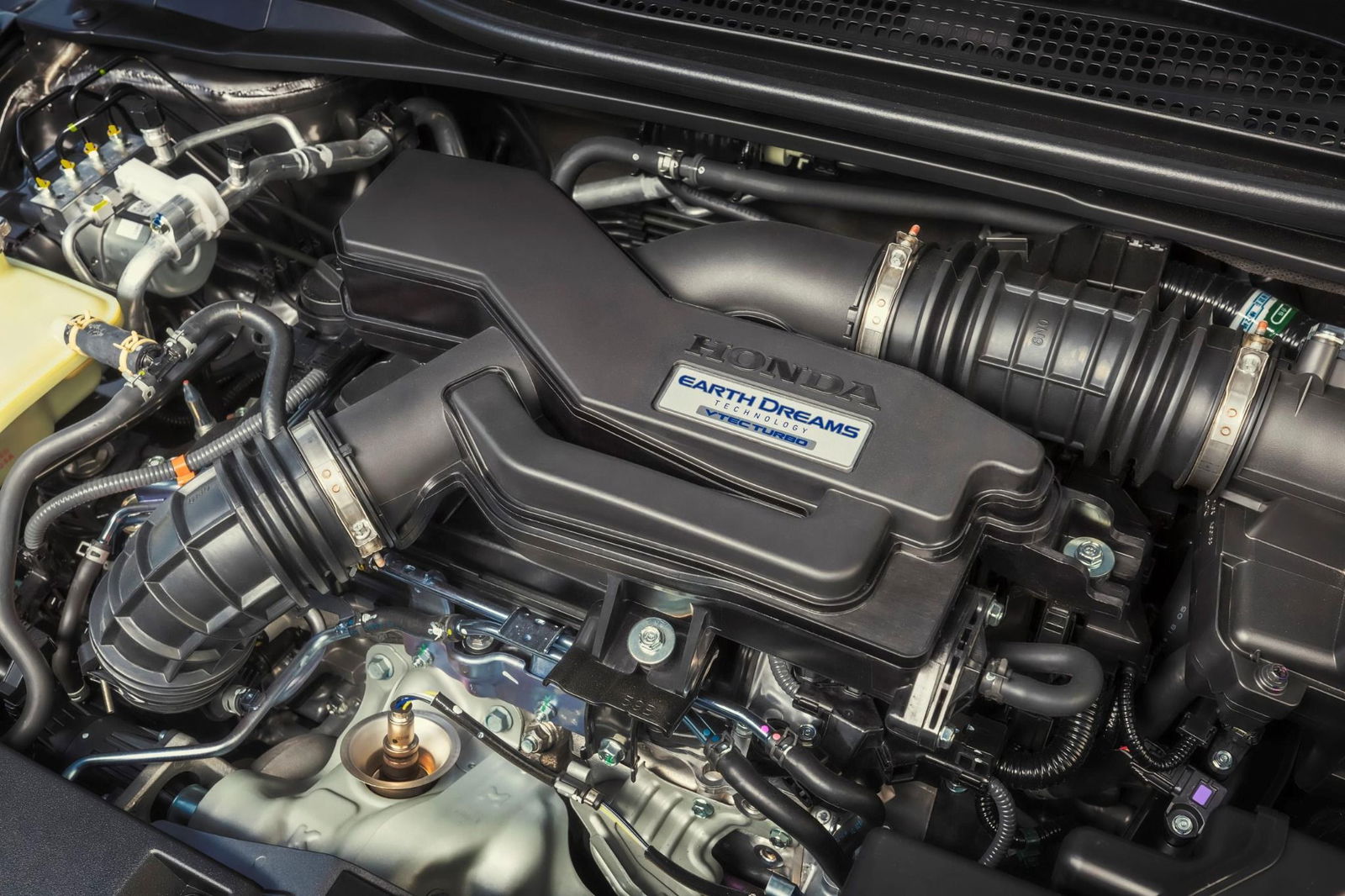
Take a look at the types of strange engine noises you should be on the lookout for in our blog.

A new development is set to impact EV owners starting in April 2025: the introduction of road tax for electric vehicles. Let's take a further look.

Getting extra protection for your used car could mean you save money on costly repairs. Find out more about the benefits of an extended warranty.